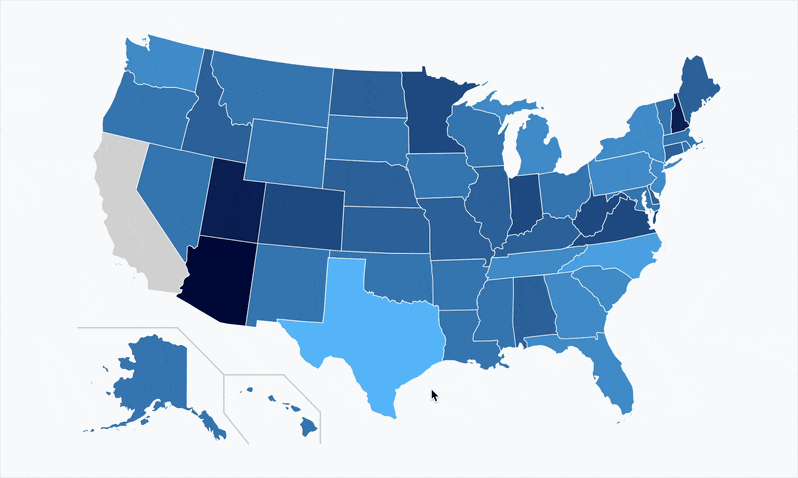If we could climb your college or university’s clock tower or hire your school marching band to follow us through your hallowed halls, we would do it right now. We would grab the bullhorn and shout this message to every administration member: Waiting until the 11th hour to adopt a program evaluation system will jeopardize your institution.
How else can you adapt to the rapid pace of technology and the significant shifts in student interest and employer demand? How else can you ensure your programs are financially sustainable?
The strategic importance of implementing a Program Evaluation System (PES) at an early stage cannot be overstated. Postponing the adoption of these systems until the proverbial 11th hour can result in drastic budget cuts, which can hinder your college or university’s capacity to develop a sustainable and successful academic program portfolio.
Transforming Program Management with Data
Comprehensive academic program evaluation can reveal unparalleled insights into program economics and student outcomes, market demand, academic management, and optimal program sizing. By leveraging data, institutions can make informed decisions that align with their strategic goals, ensuring that they offer programs that attract and retain students. This will ultimately lead to increased enrollment, improved graduation rates, and positive student outcomes.
A PES implementation offers valuable data on aspects such as:
- Program economics and outcomes: Understand the costs and benefits associated with each program.
- Market analysis: Track student interest and employment trends to identify potential growth areas.
- Predictive program sizing: Project enrollment numbers and optimize resource allocation.
A PES goes beyond measuring program performance. It’s a comprehensive solution that streamlines data collection, analysis, and visualization, empowering administrators to make confident and efficient decisions about the future of academic offerings.
The Dangers of Waiting: Why Immediate Adoption Matters
Waiting until the last minute to implement a PES can lead to several adverse effects:
- Missed Opportunities: Early adoption of a PES allows institutions to identify and capitalize on emerging trends and demands in the academic landscape. Delayed action can result in missed opportunities to launch innovative programs that meet market needs and increase revenue.
- Financial Strain: Without the insights provided by a PES, institutions may continue to invest in underperforming programs and miss hidden costs, draining valuable resources and negatively impacting financial performance.
- Decreased Competitiveness: Adapting quickly to changes is crucial in a highly competitive sector. Late adopters of a program evaluation system risk falling behind their peers, affecting their ability to attract and retain students.
- Ineffective Planning: Strategic planning is essential for long-term sustainability. A delay in utilizing a PES hampers effective planning, leading to reactive rather than proactive program development and evaluation measures.
Next Steps: How to Build a Program Evaluation System
The critical question: Start, stop, or grow? Evaluating your academic programs, both existing and potential, demands a strategic approach. Past decisions haven’t yielded ideal results, and the stakes are high. But the path forward doesn’t have to be shrouded in uncertainty.
You basically have two ways to go: build it or buy it.
Building a program evaluation system from scratch offers complete ownership and customization but requires a significant investment. The process involves developing data collection tools, purchasing additional data sets, and extensive cleaning and crosswalking to ensure accurate analysis. While the NCES crosswalk offers a shortcut, it can significantly underestimate job opportunities for graduates. Furthermore, managing such a large volume of data necessitates a database engineer and ongoing maintenance, including data source updates, user training, and interface improvements. This approach, while comprehensive, requires a multi-year commitment with a cost of several hundred thousand dollars and ongoing staffing needs.
Academic program evaluation software offers a faster and more efficient solution than building in-house systems, and you can expect to be up and running quickly. Choose software that provides pre-cleaned data from multiple sources, meticulous crosswalking, and automatic updates.
Whatever you choose, consider it an investment in preventing costly program failures. In fact, the insights gained from program evaluation can lead to discovering and launching programs with the potential to generate significant revenue streams. Ultimately, a data-informed approach, whether through subscription software or another method, empowers institutions to make informed decisions that cultivate a thriving academic program portfolio.





